SECRETAIRE BOOKCASE STAMPED EDWARDS & ROBERTS OF LONDON - REF No. 4053
Product Details
H: 97 in / 246 cm ; W: 41 1/2 in / 110.5 cm ; D: 19 3/4 in / 50 cm
An exceptional late 19th century secretaire bookcase by Edwards & Roberts, the upper section with a pierced fretwork swan neck pediment with Greek key moulding. The twin astragal glazed doors open to reveal an adjustable shelved interior, having reeded canted corners. Constructed using the finest figured mahogany with satinwood and boxwood line inlaid detail. The lower section having figured mahogany top, banded in satinwood above a secretaire drawer depicting a central classical urn within a floral swags, enclosing six Satinwood drawers, six pigeon holes and a gilt tooled leather inset writing surface. The twin panelled doors again constructed from figured mahogany with boxwood, satinwood inlaid panels depicting classical urns within a floral border. Also having reeded canted corners and enclosing an adjustable shelve interior, resting on solid mahogany bracket feet.
STAMPED: EDWARDS & ROBERTS
Circa 1900
English
Artists Biography:
Edwards & Roberts was founded in 1845, and had premises at 21 Wardour Street London. By 1892 they occupied more than a dozen buildings in Wardour Street, where they continued to trade until the end of the century. They became one of the leading London cabinet makers and retailers working in a variety of styles, both modern and revivalist. Their business also involved retailing, adapting and restoring the finest antique furniture and there are many examples of their earlier furniture with later embellishments bearing their stamp. Edwards & Roberts specialized in marquetry, inlay and ormolu. Edwards & Roberts was one of the principal London companies working in the taste of the late 18th century. They started business in 1845 and by 1854 were trading as "Edwards & Roberts, 21 Wardour Street, Antique and Modern Cabinet Makers and Importers of Ancient Furniture". Wardour Street became an important furniture retailing area in the second half of the 19th century. The firm carried a fine and complete library of the old designers (i.e. Chippendale, Adam, Hepplewhite and Sheraton).



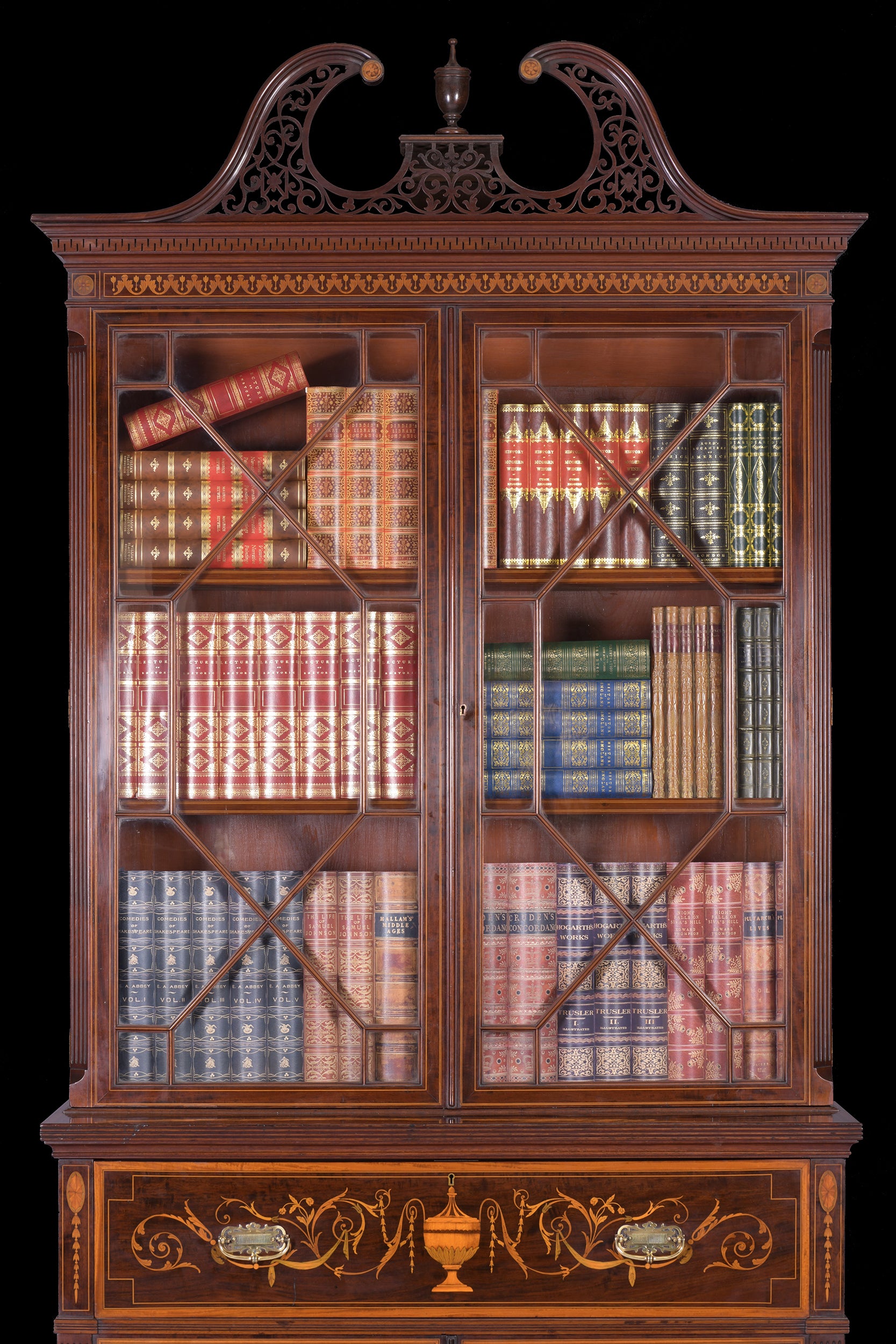
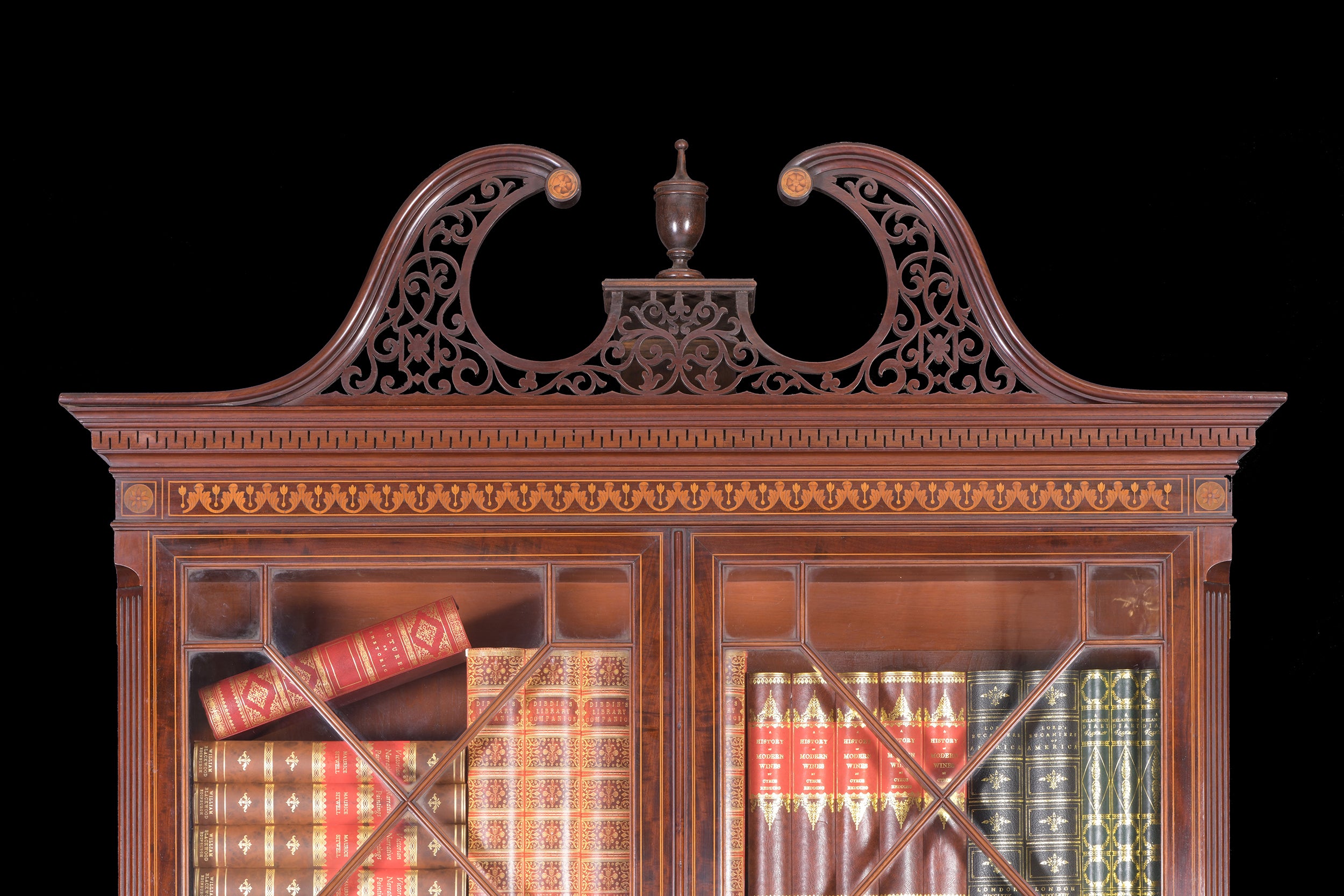
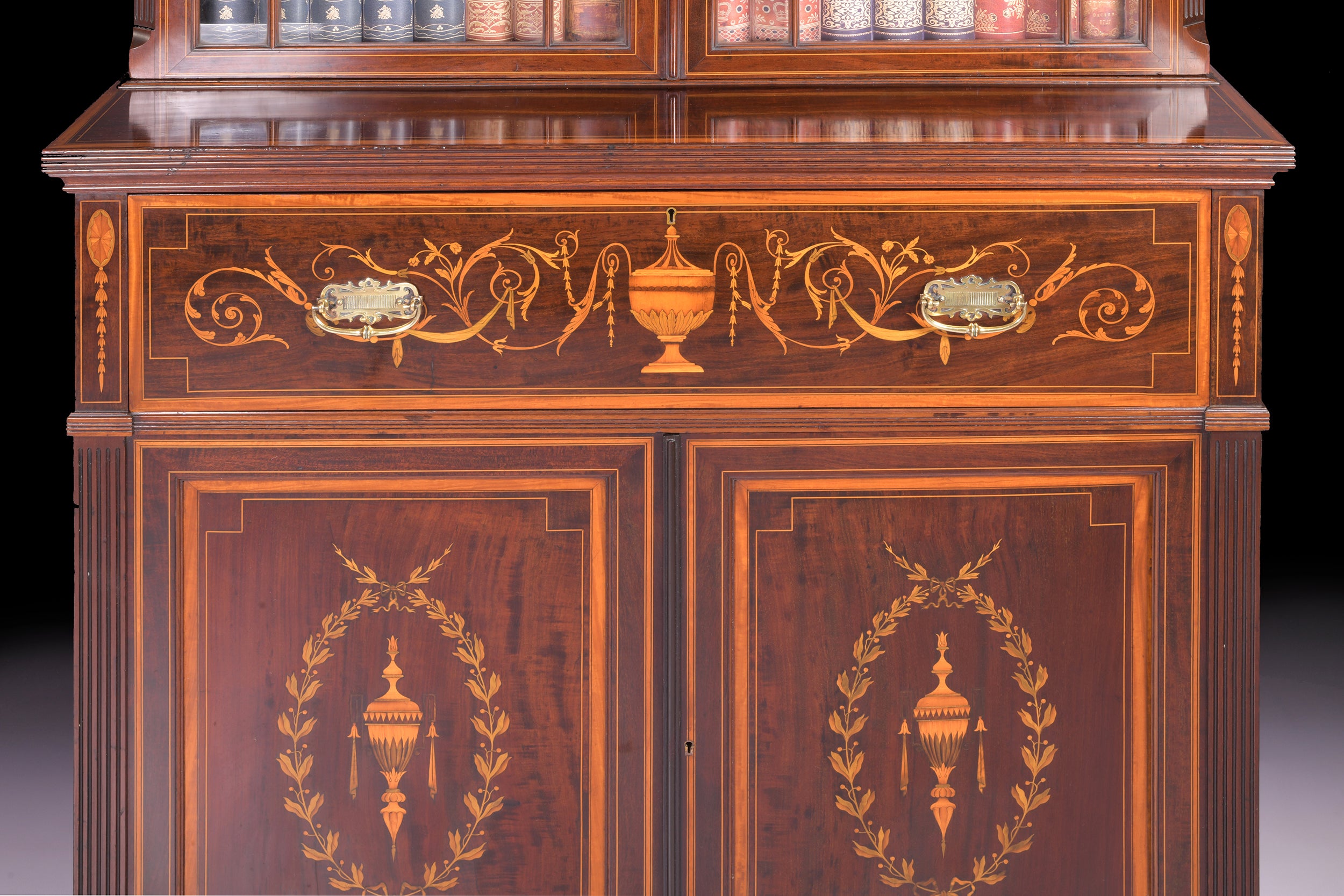
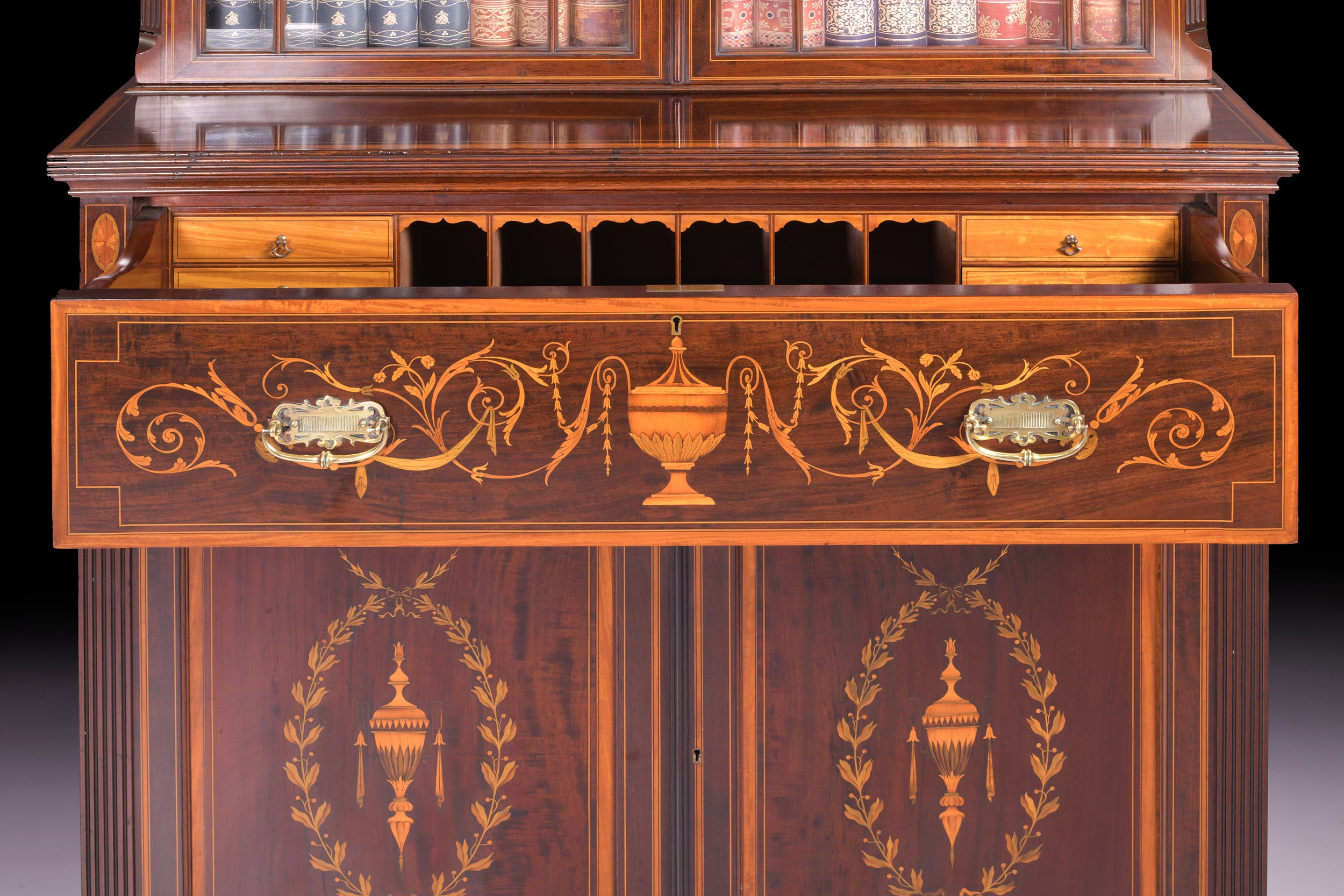

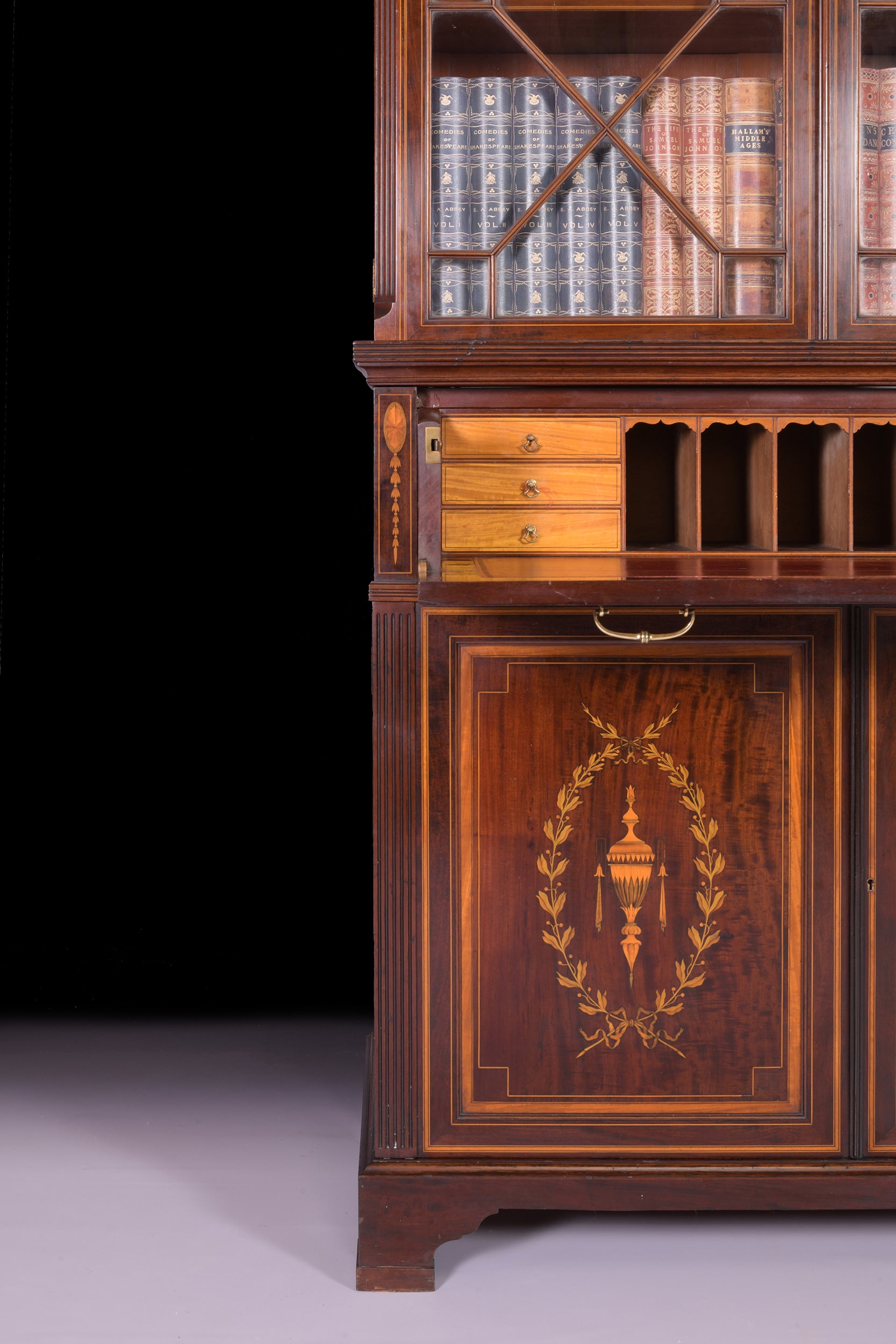
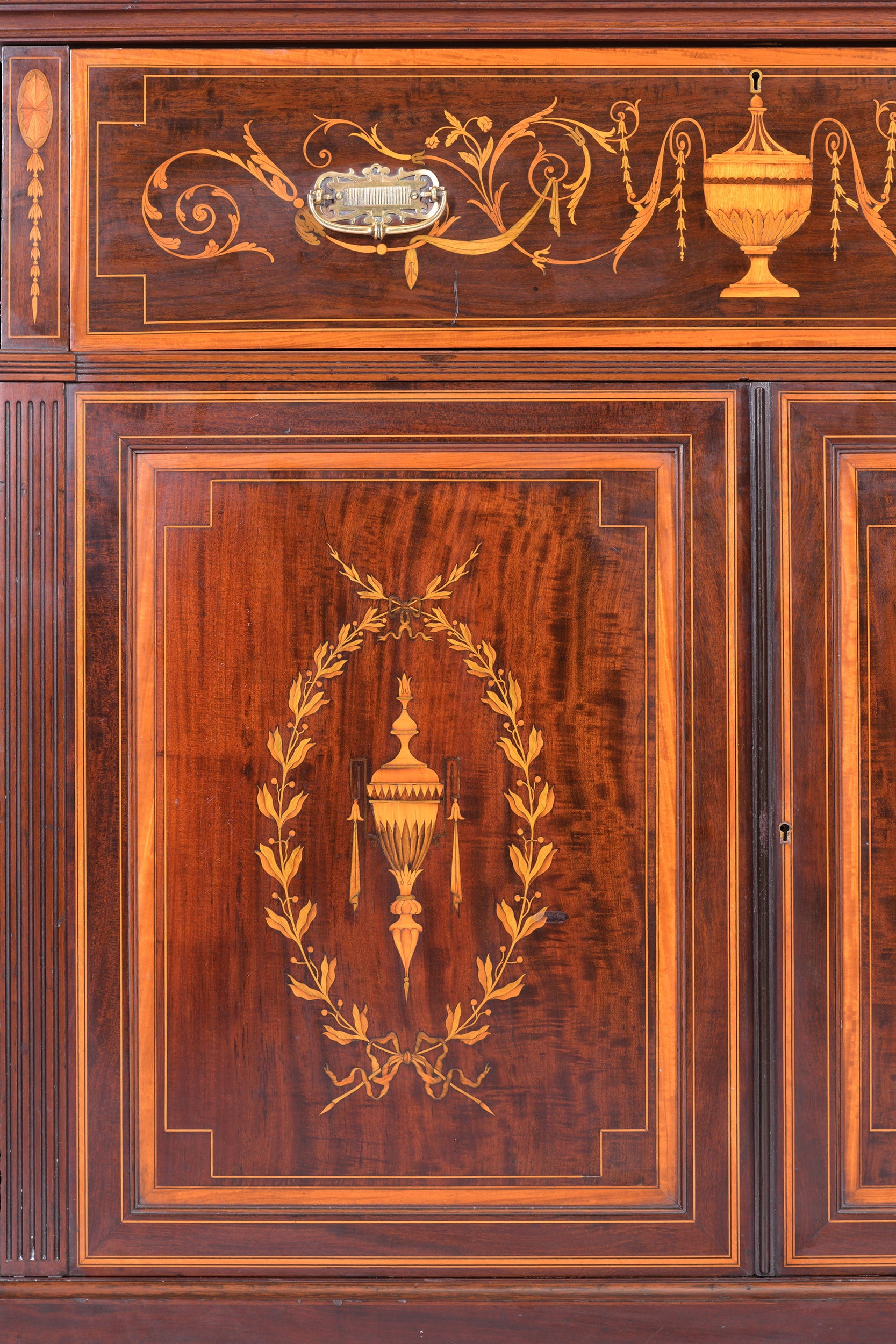
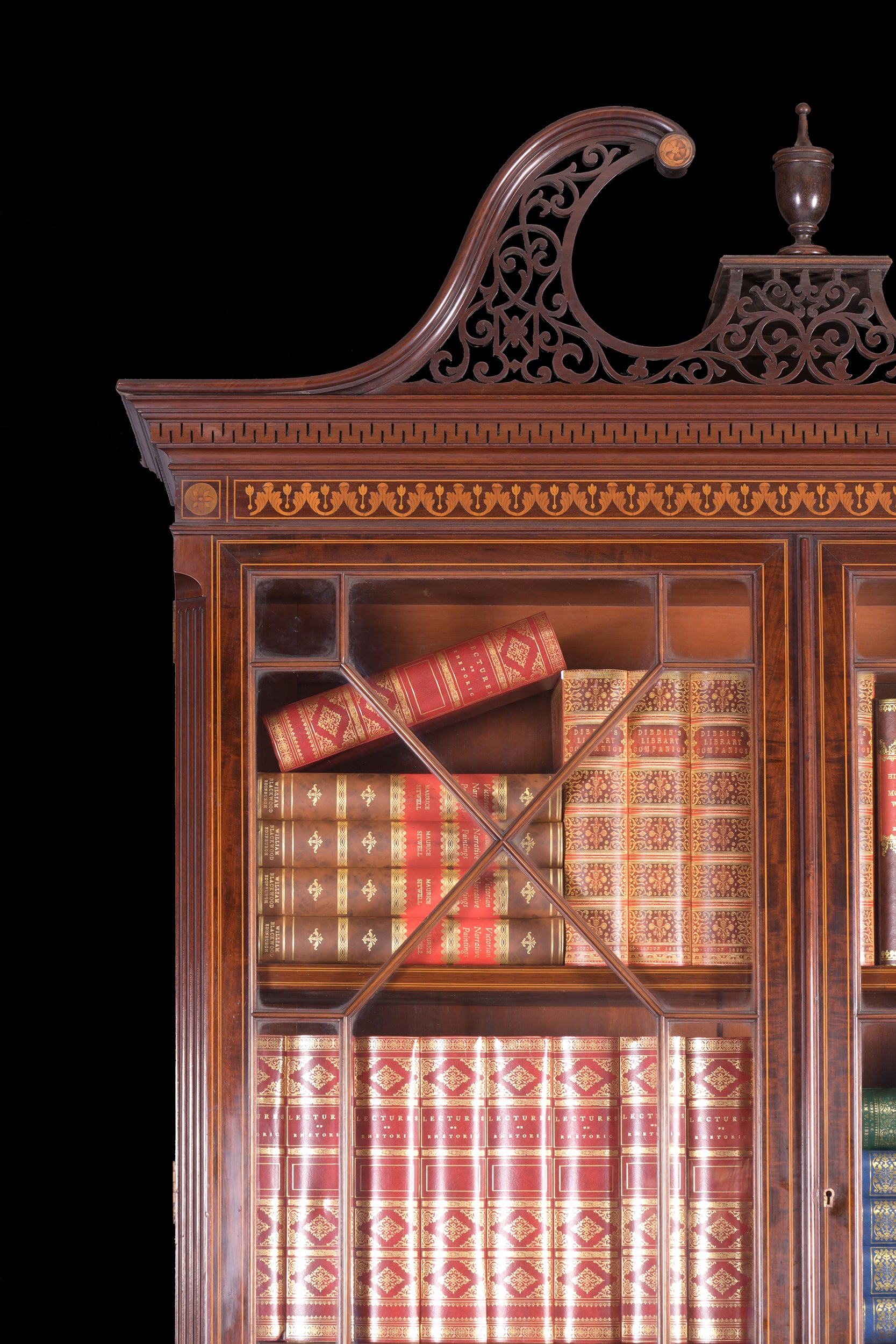

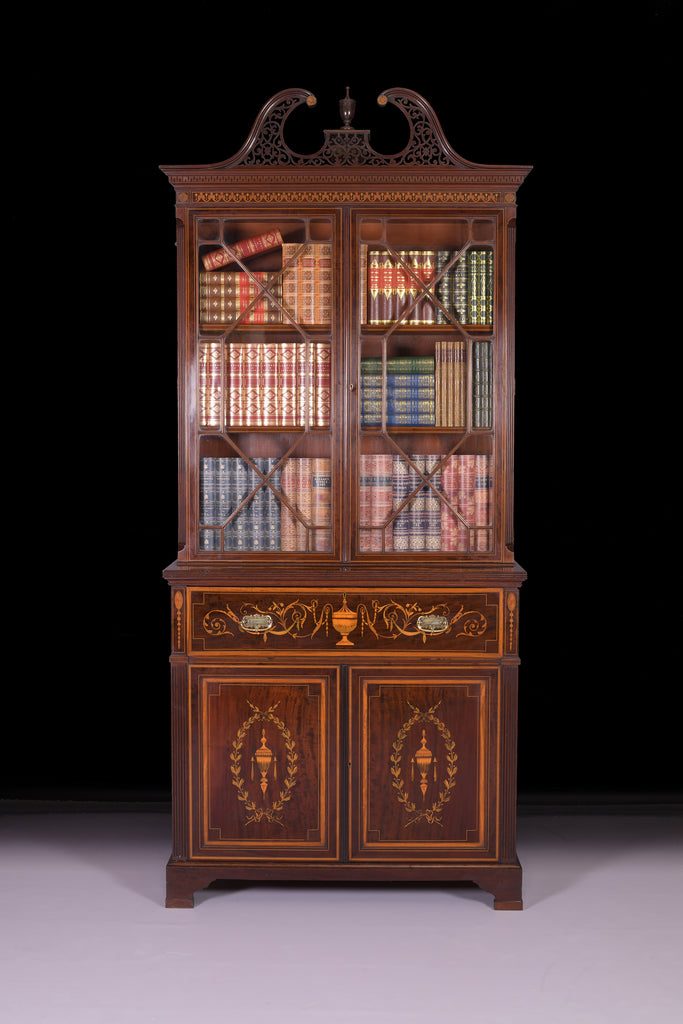
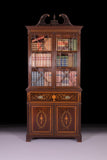
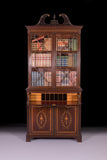
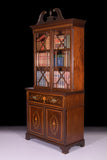
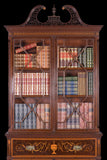
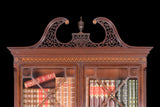

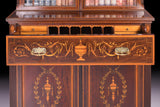
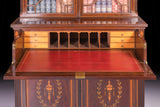
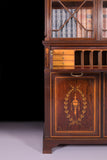
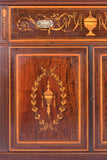

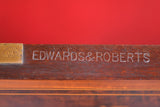

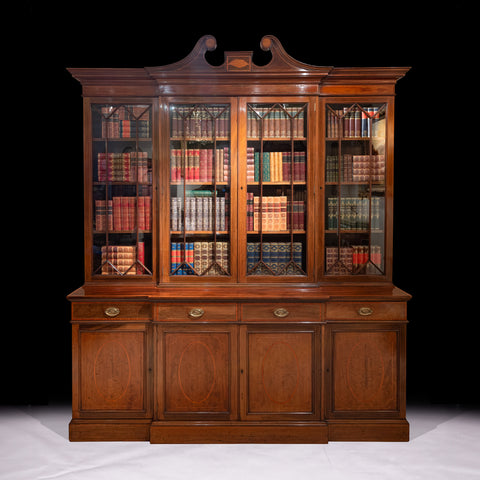
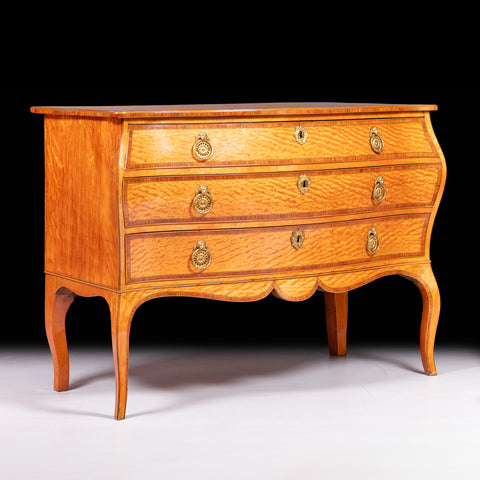



Connect